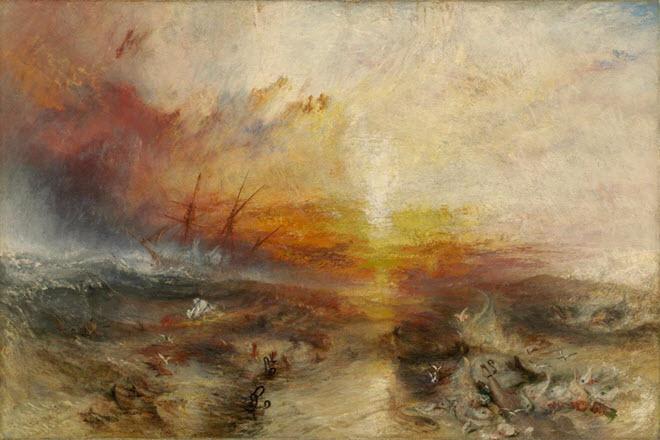“I Can’t Breathe”: International Responses to the BLM Movement
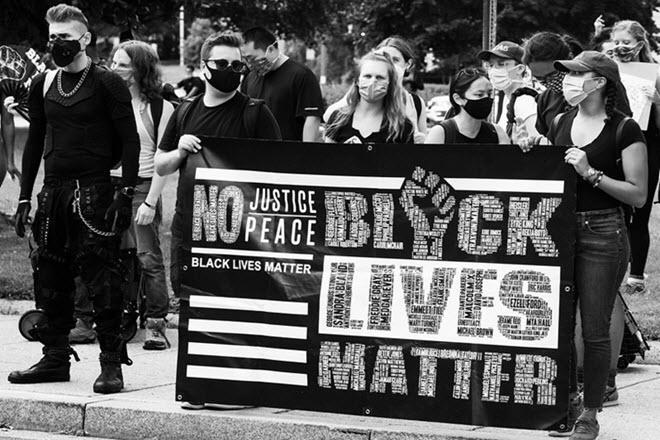
Credit: Black Lives Matter march by Victoria Pickering is licensed under CC BY-NC-ND 2.0
Resource Description
This module is intended for students interested in having a global perspective on the impact of George Floyd’s death and the Black Lives Matter (BLM) movement. Students will survey BLM in the U.S. context and its international iterations around the globe by addressing the complexity of race in relation to social justice, political oppression, and the role of the media and technology. Through the assigned materials, students will grasp the ways in which racism manifests across cultural contexts and local histories, with particular attention to the regions of Central Europe (Germany and France), East Asia (China, South Korea, and Japan) and Latin America and the Caribbean (Mexico, Colombia, Brazil, Haiti, and the Dominican Republic).
Learn moreArtistic Responses to the Zong Massacre (1781)
Resource Description
Suitable for introductory or humanities survey courses, this module offers teaching resources for a unit on the 1781 Zong massacre. It focuses on artistic responses to the massacre and on how the massacre is a representative event of the Transatlantic Slave Trade. The module includes artworks and texts that could be used in the classroom, discussion questions and activities, and a culminating writing prompt. This module invites students to reflect on the gaps in the colonial archive and to think about the role of art and literature in shaping understandings of historical events. It also provides students with an opportunity to recognize how the dehumanizing logic of slavery shaped modernity and how black artists challenge its legacy through their work.
Learn moreGold
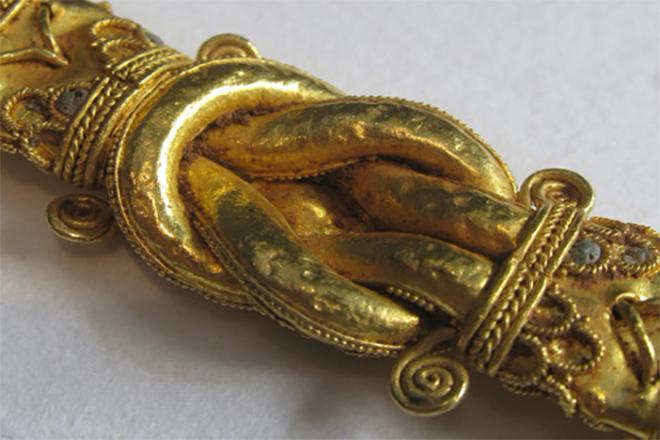
Credit: Heather C. McCune Bruhn, 2017, licensed under CC BY-NC-SA 4.0
Resource Description
In this two-part module, developed by Heather McCune Bruhn and Sarah J. Townsend, we will explore gold. First we’ll look at gold as a substance and examine how it is obtained from the earth (along with some of the dangers and consequences involved). Next we'll examine what makes gold so important: its allure and symbolism in Prehistory, as well as in the Ancient and Medieval world. Then we'll look at the importance of Africa as a source of gold throughout the centuries before exploring some ways of working gold. Part II of this module examines the extraction of gold in the Amazonian region of South America, focusing on its impact on the environment, indigenous people, and the miners themselves.
Learn moreLapis Lazuli
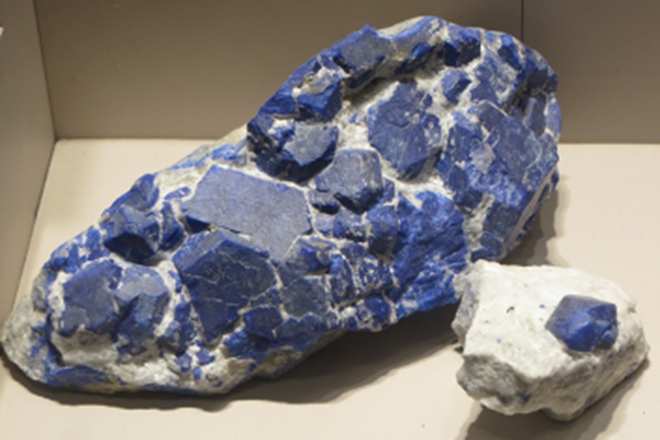
Credit: Lapis Lazuli by Heather McCune Bruhn, Penn State University, licensed under CC BY-NC-SA 4.0
Resource Description
Lapis lazuli is a bright blue semiprecious stone, first known only in remote mountains in Afghanistan and Pakistan, and more recently in Brazil. This module explores lapis lazuli's use first in the production of high status objects in the Ancient world (Ancient Near East, Rome, etc.) and then its use as an expensive blue paint pigment. Since the process for extracting ultramarine blue pigment from lapis lazuli is so long and labor intensive, true ultramarine is still one of the most expensive pigments in the world. You will be able to read about and watch videos detailing the ultramarine extraction process, as well as the production and use of some alternatives to ultramarine blue.
Learn moreModernism’s Monsters
Resource Description
The modern era is full of fears. The more we know about our world, the more frightening it can be, and the 1950s were a time in which the threat of nuclear war, fears of communist takeovers, and new advances in science were all combining to make the modern world a very frightening place. This fear was reflected in art and in popular culture, particularly in inexpensive B-movie science fiction films. This module explores some of that fear, and the artistic and popular works inspired by it. Watch out for the giant ants!
Learn moreOchre
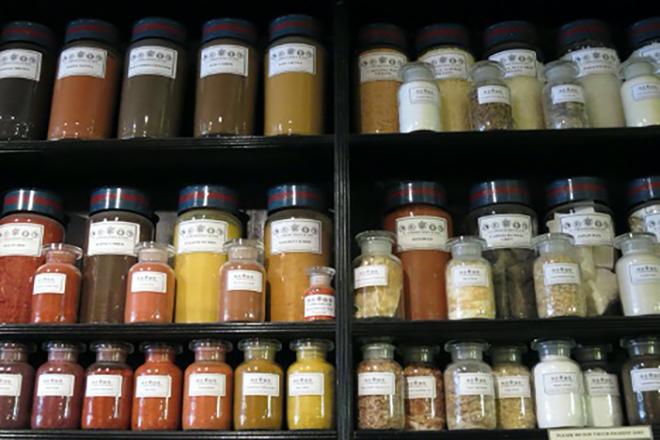
Credit: Ochre pigments and paint additives and resins at Cornelison and Sons, London by Heather C. McCune Bruhn, 2014., licensed under CC BY-NC-SA 4.0
Resource Description
Ochre, which is essentially rust (iron oxide), is humankind's first pigment, and one of the most plentiful sources of color on earth. Ranging from red to orange, yellow, brown and even violet depending on trace minerals and moisture levels, it is extremely stable and fairly non-reactive. It can be prepared very easily (colored rocks and soil can be crushed, washed, and mixed with a binder to make paint), and was first used by humankind around 100,000 years ago. It is still in use today. This module introduces ochre pigment and explores its use in three case studies: Blombos Cave in South Africa, in Italian Renaissance frescoes, and in environmental cleanup.
Learn morePolitical Asylum: An Introduction from an Arts & Humanities Perspective
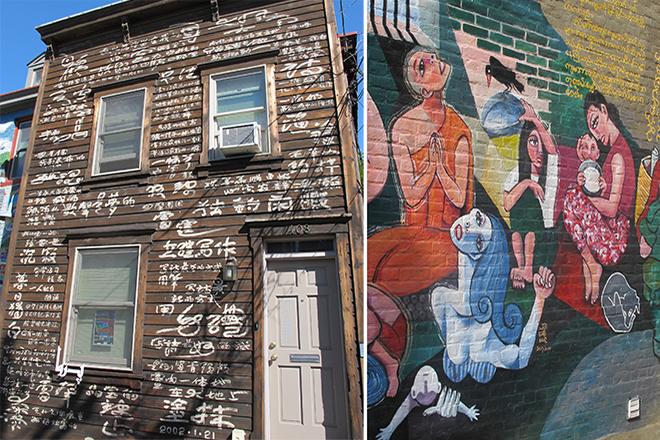
Credit: City of Asylum by Jutta Gsoels-Lorensen is licensed under CC BY-NC-SA 4.0
Resource Description
This module, suited for a General Education course, is conceived as a week-long introduction to the legal institution of political asylum through various forms of cultural expression, including refugee writing, documentaries, and visual art.
Approaching the theory and practice of international protection through the lens of narrative and narrative acts, this unit provides teaching materials that prompt students to consider the workings of “story” in a variety of contexts, ranging from the aesthetic to the legal; the therapeutic to the political. Designed for active learning, the enclosed activities seek to create space for engaged classroom debate through guided textual analysis, media criticism, (creative) writing prompts, and cross-disciplinary forms of “reading.” Viet Thanh Nguyen’s The Displaced: Refugee Writers on Refugee Lives will serve as the primary class text. Students will also be introduced to Pittsburgh’s City of Asylum, a non-profit, residency program for writers facing persecution in their countries.
Learn moreReading Black Lives Matter
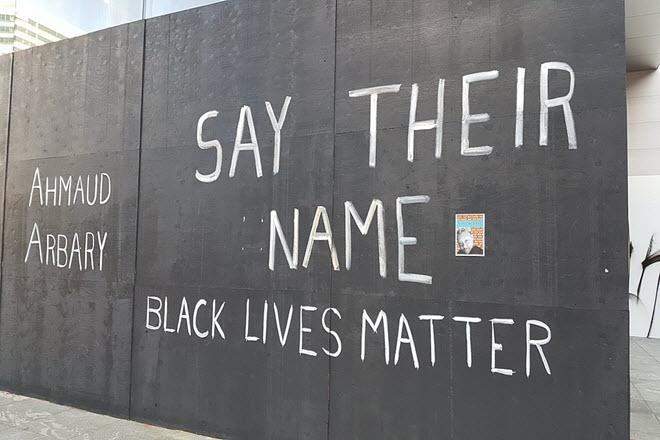
Credit: Portland, Oregon during George Floyd protests, 2020 by Another Believer is licensed under CC BY-SA 4.0
Resource Description
This module, intended for use in introductory humanities courses, will be an interdisciplinary, comparative analysis of the Black Lives Matter (BLM) movement. Students will compare/contrast popular narratives about BLM with stated goals of movement participants. They will also consider the place of BLM in larger historical narratives. Students will be encouraged to move beyond initial assumptions, and instead ask the questions that humanist scholars ask of such texts and events. In the process, students will:
- gain a more scholarly understanding of the goals, methods, organizational and social philosophy, complexity, and identity of BLM;
- understand the place of BLM alongside other civil rights movements in the post-Civil War era; and
- better understand the complex relationship between social movements and public opinion.
Roger Casement, the International Rubber Trade, and Human Rights (1901-1916)
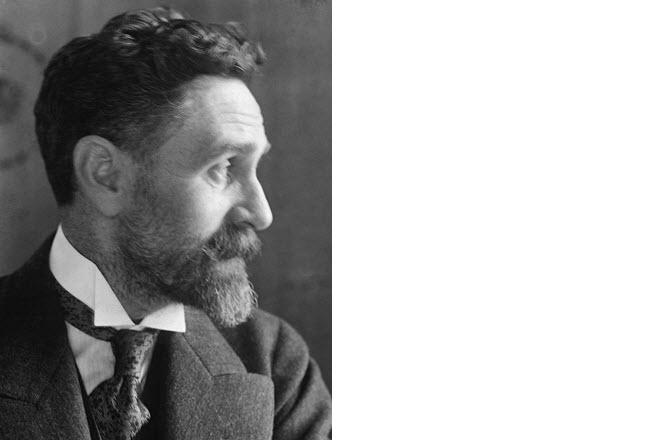
Credit: Sir Roger David Casement
(1864-1916), Public domain,
via Wikimedia Commons
Resource Description
Suitable for introductory or survey courses in the humanities, this module focuses on the last fifteen years of the life of the diplomat and human rights advocate Roger Casement (1864-1916), which included his investigation of abusive practices on the rubber plantations of the Congo Free State and in the Putumayo District of the Amazon, as well as involvement with the Irish independence struggle. Because of the connection to the international rubber trade, the final years of Casement’s life illuminate the connections between colonialism, extraction, labor exploitation, and questions of human rights. The public revelation of Casement’s homosexuality in his conviction for treason by the British enables conversation about the history of gay rights in relation to these topics.
Learn moreSugar and Servitude: The Taste of Color
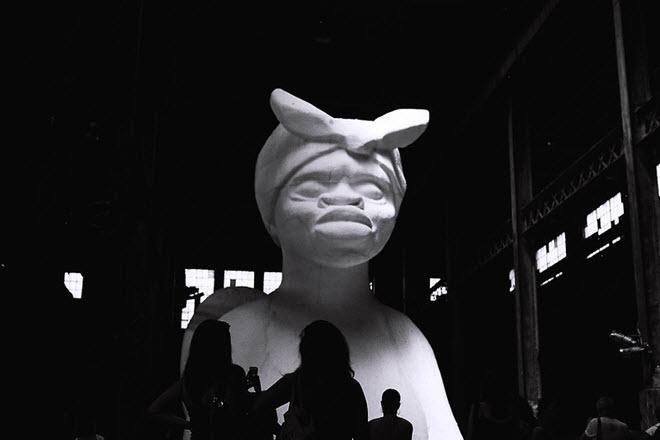
Credit: Kara Walker's "A Subtlety" by metacynic is licensed under CC BY 2.0
Resource Description
This module provides resources for teaching about the artistic practice of Kara E. Walker and its interrogation of whiteness and race. Materials also support teaching an overview of the history of the production, consumption, and meanings of sugar, particularly as that history has contributed to the Transatlantic slave trade and continues to depend upon coercive labor practices in the U.S. and globally. Included is a list of artworks produced by Walker that touch specifically on sugar and links to videos of the artist describing aspects of her practice; academic and literary texts that can inform students’ ability to read Walker’s complex visual texts; discussion questions and classroom activities to further their engagement with the material; and ideas for culminating projects.
Learn more
